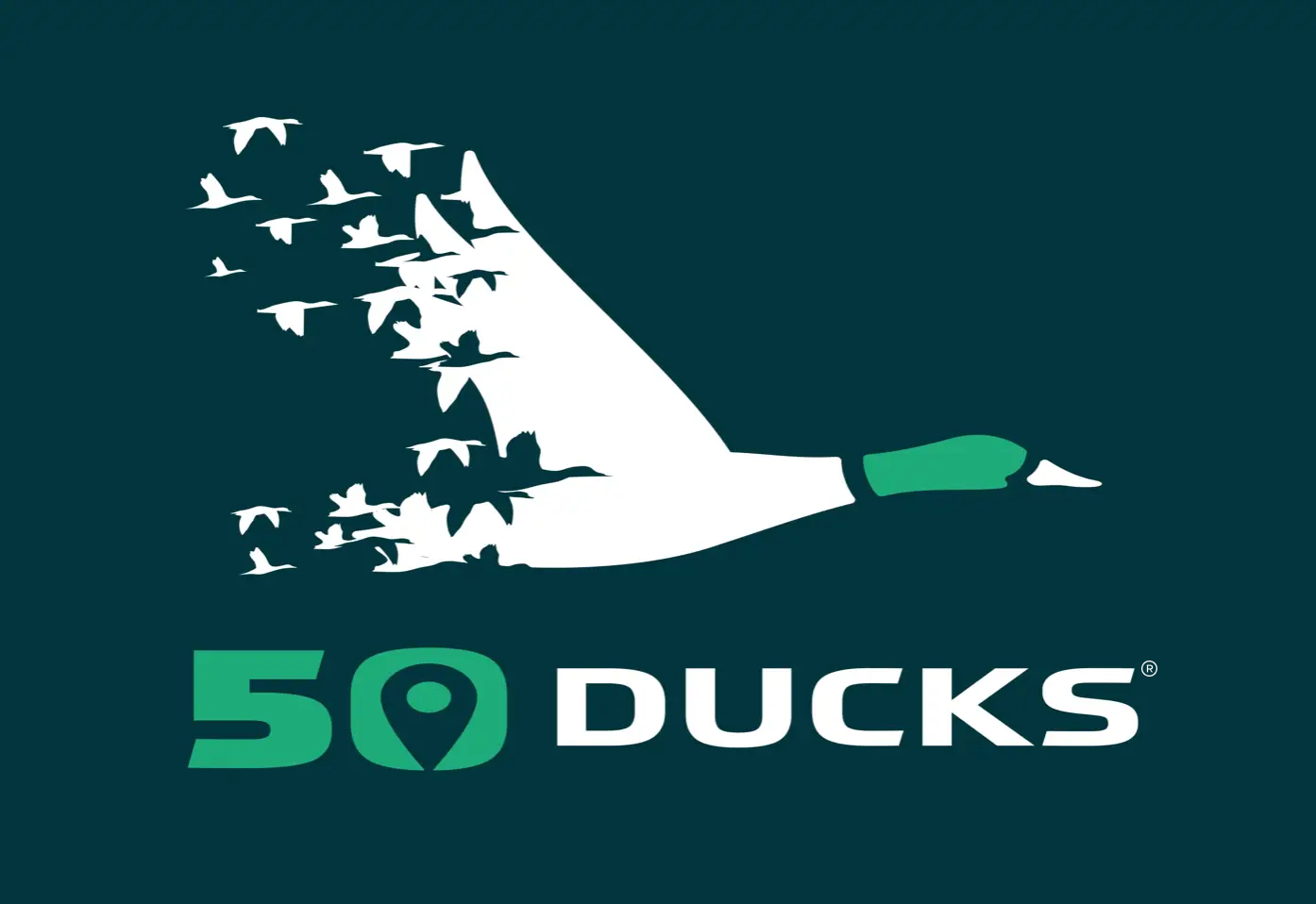About Long Tailed Duck
The Long-tailed Duck(Clangula hyemalis), formerly known as the Oldsquaw, is one of the most iconic sea ducks of North America. A diving duck with a distinctive long tail, hence the name, they can be found along both North American coasts, though in the U.S. you have a much better chance of seeing one along the East Coast or in Alaska. They predominantly breed in the high Arctic and are a common sight along the Great Lakes. These impressive creatures have been known to dive to depths of 200 feet. Head over to our duck map to check out 117 of these awesome creatures.

Identification
Long-tailed Ducks are easily identifiable by the males' long, pointed tail feathers and striking black and white plumage. Males have a distinctive pattern with a mostly white head and neck and dark back and breast, while females are more subdued in coloration with brownish tones. Both sexes undergo significant plumage changes between breeding and non-breeding seasons, adding to their unique appearance.
Breeding
Long-tailed Ducks breed in the high Arctic, selecting freshwater lakes and ponds for nesting. The female builds a nest on the ground, lined with down, and lays a clutch of 6-9 eggs. She incubates the eggs and cares for the ducklings, which are precocial and able to swim and feed themselves shortly after hatching.
Behavior
Long-tailed Ducks are social birds, often forming large, noisy flocks during migration and winter. They are exceptional divers, capable of reaching depths of up to 200 feet to forage for crustaceans, mollusks, and small fish. Their vocalizations are melodious and far-carrying, contributing to their iconic status among sea ducks.
Habitat
Long-tailed Ducks inhabit Arctic tundra regions during the breeding season, preferring freshwater lakes and ponds. In winter, they migrate to coastal waters, including bays, estuaries, and open sea areas. They are often seen in large flocks in cold, northern waters, particularly along the East Coast and in Alaska.
Migration
Long-tailed Ducks are highly migratory, traveling great distances between their breeding grounds in the high Arctic and their wintering habitats. They migrate primarily along the Atlantic and Pacific Flyways, with many wintering along the East Coast and the Great Lakes. Their extensive migratory routes are a testament to their adaptability and resilience.
No Data Found
How many days tracked
Lorem ipsum dolor sit amet, consectetur adipiscing elit. Ut elit tellus, luctus nec ullamcorper mattis, pulvinar dapibus leo.
Where are they now?
Lorem ipsum dolor sit amet, consectetur adipiscing elit. Ut elit tellus, luctus nec ullamcorper mattis, pulvinar dapibus leo.
No Data Found
No Data Found
Total Number of Data Points for Long Tailed Duck
Lorem ipsum dolor sit amet, consectetur adipiscing elit. Ut elit tellus, luctus nec ullamcorper mattis, pulvinar dapibus leo.
Start and End Date Tracking of Long Tailed Duck
Lorem ipsum dolor sit amet, consectetur adipiscing elit. Ut elit tellus, luctus nec ullamcorper mattis, pulvinar dapibus leo.
No Data Found
Overall Data from the Center
This is historical data from various sources. This data is available in its full form on our Duck Map in an easily visualizable format.
